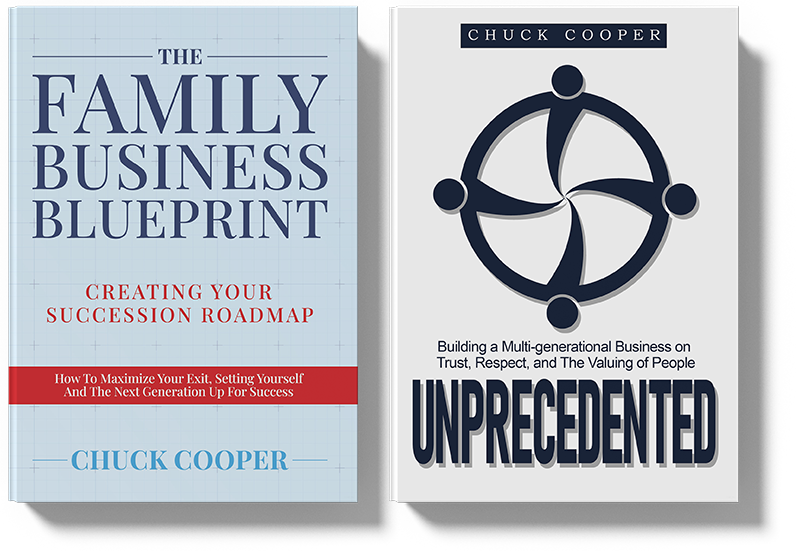To ensure the resilience and longevity of your business, proper succession planning is key. From major corporations to small family-owned shops, every business benefits from having a frictionless leadership transition.
At WhiteWater Consulting, we have coached countless family-owned businesses through the succession planning process. This experience led to the publication of our book, The Family Business Blueprint, as well as recent blog posts on the topic of succession planning.
Today, we’re going to approach the topic from a slightly different angle. While succession planning may look a bit different from one company to the next, and there are no one-size-fits-all solutions, there are several considerations that should always be top-of-mind. In this post, we’ll offer a quick checklist, outlining some of these succession planning essentials.
Key Elements of Succession Planning
Identifying and Nurturing Leaders
A big part of succession planning is proactively identifying the employees who seem well-suited to assume leadership positions at some point down the road. Effective succession planning means not only recognizing and engaging those employees but also setting expectations and developing structures for training, mentorship, and development.
Providing In-House Skills Formation
More generally, your succession planning process can benefit from across-the-board skills development, helping all of your employees develop leadership potential and cross-functional capabilities. Consider workshops, seminars, or coaching for skills such as conflict management, communication, and decision-making.
Mentoring Younger Employees
Succession planning requires a transfer of institutional knowledge, and there’s really no better way to accomplish that than enacting a robust and consistent mentorship program. This is an especially important way to ensure younger employees (and future leaders) grasp the values and vision of the business.
Communicating Clearly
Clear and consistent communication is another hallmark of sound succession planning. Leaders must ensure that employees are aware of what the basic succession plan is, and what kinds of career advancement opportunities there are. Transparency is invaluable for ensuring any leadership transition is seamless.
Reviewing Succession Plans Regularly
Having a written succession plan is wise, but it’s also important to remember that these plans are never set in stone. Circumstances change, and your succession plans should evolve in kind. Make sure you’re in the habit of reviewing succession plans regularly and revising as needed.
Assessing Future Leaders
In addition to reviewing your succession plan, we also recommend reviewing the preparedness of your aspiring leaders. Conducting routine leadership assessments is a good way of evaluating how well your training and mentorship programs are working.
Developing Middle Management
Finally, as you think about long-term succession planning for your business, we advise focusing on building strong middle management, creating a culture that emphasizes internal promotions over external hiring whenever possible. Provide ample opportunity for your existing personnel to prove their mettle.
Find Our More About the Essentials of Succession Planning
Effective leadership transitions require you to keep each of these elements in balance. To find out more about planning for a smooth succession, don’t hesitate to contact us. Reach out to WhiteWater Consulting whenever you’re ready to chat further.


